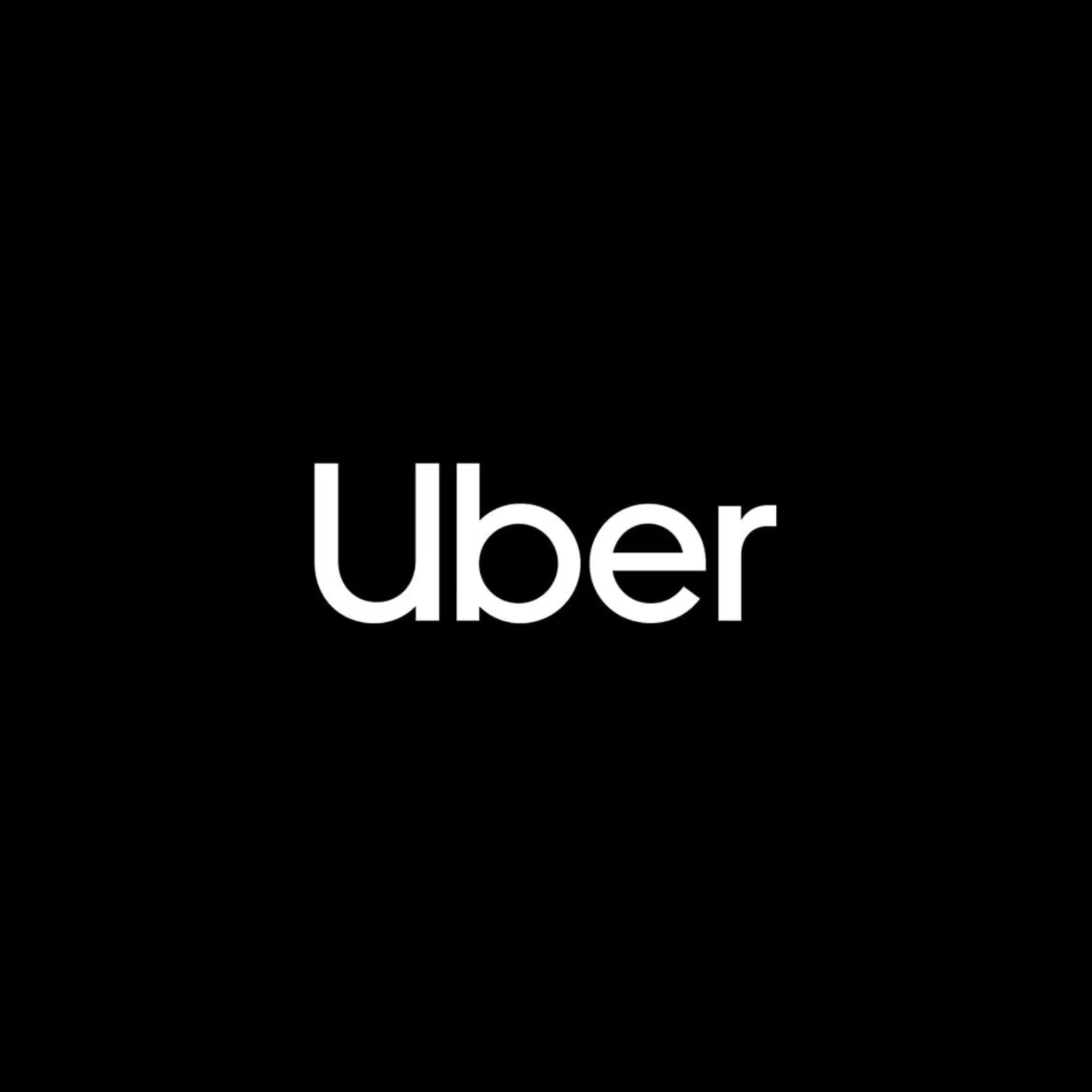
Let's face the truth: approximately 95% of apps generate no revenue whatsoever. This failure isn't necessarily due to poor app quality or insufficient user acquisition, but rather because they implement outdated mobile app monetization strategies. Market research shows that app monetization strategies in 2025 have evolved dramatically, rendering traditional approaches from even just two years ago largely ineffective in today's ecosystem.
At DETL, we've analyzed data from over 300 successful applications, including one remarkable case that achieved more than 4 million downloads within just 60 days. Our research reveals that the mobile app monetization strategy landscape has undergone significant transformation.
Evidence-Based App Monetization Strategy: What Market Data Reveals
Our comprehensive analysis cuts through industry speculation to present concrete, data-driven insights from the current marketplace:
Diversified Revenue Models
The era of single-stream monetization has largely ended. Market leaders now implement revenue channels as part of their app monetization strategies 2025:
- Primary revenue source: Contributes 40%-50% of total income
- Secondary revenue stream: Provides 25%-35% of total income
- Tertiary revenue options: Generate 15%-25% of total income
Market Insight: Applications utilizing three or more revenue streams demonstrate 2.8x higher user lifetime value compared to single-stream counterparts.
Evolution of Subscription Models
Traditional monthly subscriptions have given away to more innovative mobile app monetization strategies:
- Micro-duration subscriptions (3-7 days)
- Feature-specific access options
- Consumption-based pricing structures
- adaptable subscription tiers
Market Insight: Short-term micro-subscriptions demonstrate 47% higher conversion rates compared to conventional monthly subscription plans.
Advanced Freemium Frameworks
The simplistic free-versus-premium contrast has evolved into Value-trigger monetization, a key monetization strategy for apps in today's market:
- Usage based milestones
- Social validation incentives
- Accomplishment-triggered unlocks
- Temporally-gates value propositions
Market Insight: Value-Trigger Monetization frameworks show 3.2x higher conversion rates compared to conventional freemium models.
Critical Performance Metrics
Revenue Per User Benchmark:
- Consumer Applications: $4.20 - $12.60 monthly
- Business Solutions: $27.50–$89.00 monthly
- Enterprise Platforms: $150.00–$500.00 monthly
Market Insight: These figures represent a 40% increase from 2023 industry benchmarks.
Conversion Rate Standard:
- Free to Paid Transitions: 2.8% - 4.5%
- Trial to Paid Conversion: 15% - 25%
- Enterprise Demo to Paid: 30% - 45%
Market Insight: Applications implementing current app monetization strategies 2025 consistently achieve performance at the upper range of these metrics.
Effective Mobile App Monetization Strategies for 2025
1. Value-Trigger Monetization Framework
Rather than implementing time-limited trials, successful applications activate premium features when users reach specific value recognition points:
- Usage volume threshold
- Achievement-based unlocks
- Community validation indicators
- Demonstrated return on investment
Market Insight: This app monetization strategy demonstrates 280% higher conversion rates compared to conventional time-restricted trial approaches.
2. Data-Driven Pricing Optimization
Effective mobile app monetization strategy requires abandoning price-point assumptions in favor of analytical approaches:
- User engagement pattern analysis
- Value perception measurement
- Competitive landscape monitoring
- Market elasticity evaluation
Market Insight: Implementations of data-driven pricing optimization increase average revenue per user by approximately 40%.
Special Focus: Monetization Strategies for Educational Apps
Educational applications represent a unique segment requireing specialized approaches. Our research indicates that successful monetization strategies for educational apps often combine:
- Tiered content access based on educational level
- Certification or credential-based premium features
- Institutional licensing models
- Seasonal promotion cycles aligned with academic calendars.
Market Insight: Educational apps implementing these specialized strategies show 35% higher retention rates compared to those using generic monetization approaches.
Market Transformation Examples
Financial Technology Platform
- Previous Performance: $0.89 per user monthly
- Current Performance: $4.20 per user monthly
- Key Implementation: Value-trigger monetization
Business Productivity Solution
- Previous Performance: $12.00 per user monthly
- Current Performance: $47.00 per user monthly
- Key Implementation: Dynamic pricing optimization
Enterprise Management System
- Previous Performance: $89.00 per user monthly
- Current Performance: $250.00 per user monthly
- Key Implementation: Engagement-based monetization
Conclusion
The app monetization strategies landscape in 2025 transcends the choice between freemium and premium models. Success requires constructing a responsive revenue ecosystem that scales proprortionally with user adoption and engagement. Remember this critical insight: Revenue generation isn't a feature implemented as an afterthought but rather a foundational mobile app monetization strategy integration from the birth of the app.
At DETL, we help businesses implement these proven app monetization strategies to maximize their application's revenue potential while maintaining exceptional user experiences.




